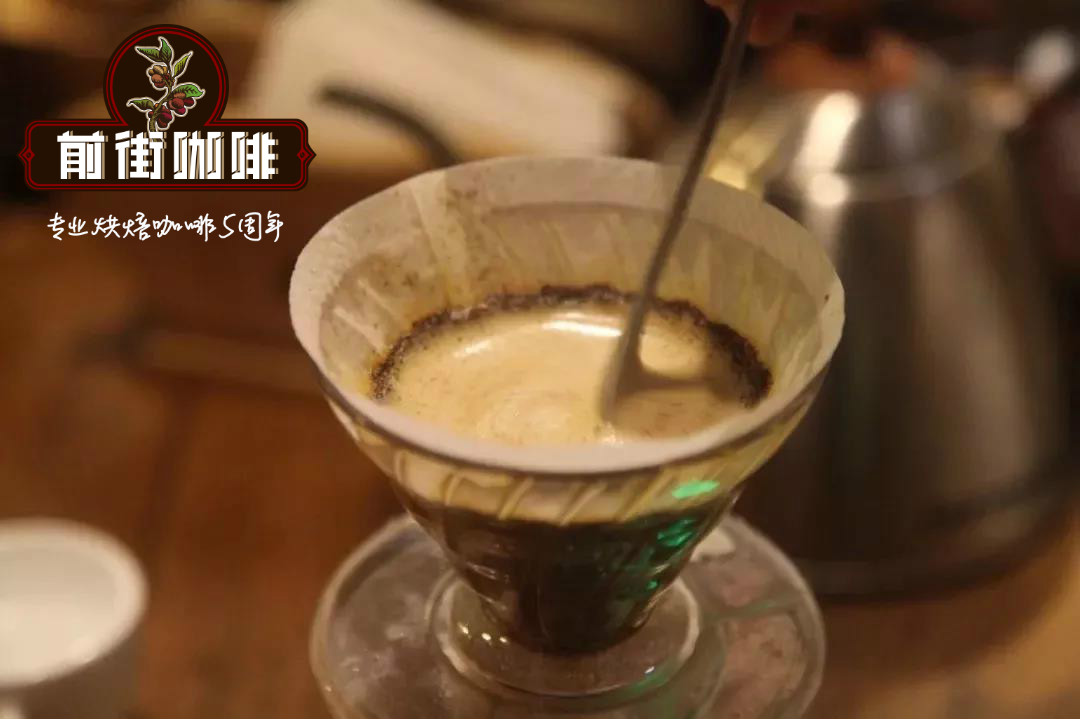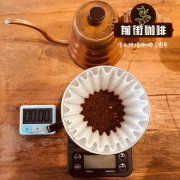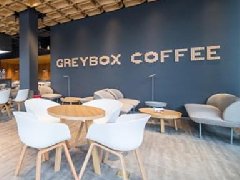Nestle's sales reached 91.4 billion Swiss francs last year, with Starbucks contributing part of the results

Professional coffee knowledge exchange More coffee bean information Please pay attention to coffee workshop (Weixin Official Accounts cafe_style)
On February 14, Nestlé, the world's largest food manufacturer, released its 2018 results, showing sales of 91.4 billion Swiss francs, up 2.1% year-on-year; net profit of 10.1 billion Swiss francs, up 41.6% year-on-year. The acquisition of Starbucks product sales rights, market growth in China and the United States, and price increases across the board have become several major highlights of Nestle's performance growth.
Starbucks drives sales growth
Nestlé's 2018 sales rose 2.1 percent to 91.4 billion Swiss francs; net profit rose 41.6 percent to 10.1 billion Swiss francs; earnings per share reached 3.36 Swiss francs, up 45.5 percent year-on-year.
Nestlé explained that it maintained its high-end position in the food and beverage industry in 2018, thanks to the company's well-trained execution, faster innovation ability and successful new product launches.
Nestlé CEO Mark Schneider said in the earnings report that Nestlé has significantly upgraded its innovation engine in 2018 to ensure that it continues to maintain its technology leadership and shorten its time to market. In addition, Nestlé has made significant progress in transforming its portfolio and has strengthened the Group's strategic focus by strengthening key growth categories and market regions.
It is worth noting that Nestlé's net acquisition in 2018 increased sales by 0.7%, largely related to its acquisition of Starbucks product sales rights. On August 30, 2018, Nestlé acquired Starbucks 'partial product marketing rights for $7.15 billion, i.e. permanent rights to sell Starbucks retail and catering products worldwide, but not Starbucks stores. The deal was seen in the industry as a move by two companies that were originally rivals.
Just today (February 14), Nestle China announced on its official website that it will launch a new Starbucks coffee series around the world, the first product launch since the two sides joined forces and established the Global Coffee Alliance last August. Nestle and Starbucks took six months to develop the new line,"Nestle now has a superior coffee portfolio with Nestle, Nespresso and Starbucks coffee brands," said Paul, executive vice president of Nestle Group.
Strong performance of Chinese market
In 2018, Nestlé achieved organic growth of 3%. Nestlé CEO Mark Schneider said: "We are pleased with our progress in 2018. All financial performance indicators improved significantly and we saw growth return to our two largest markets, the U.S. and China, as well as our infant nutrition business."
Nestlé reported sales growth of 2.2 percent in Asia, Oceania and Sub-Saharan Africa to CHF 21.3 billion. In addition, Nestlé achieved organic growth of 4.3% in the region, far outpacing other regions such as the Americas, Europe, the Middle East and North Africa.
Nestlé achieved single-digit organic growth in China, significantly higher than the previous year. Greater China revenue as a whole was CHF 7.004 billion in 2018, up approximately 6.84% year-on-year. Nestlé attributes this to innovations in infant nutrition, coffee and cooking businesses, as well as strong growth in e-commerce.
At the beginning of 2018, Nestlé established an innovation incubator team with the goal of finding Nestlé business gaps and developing new products for the Chinese market. In October of the same year, Nestlé released 3 new products and gave priority to e-commerce as a channel to enter the market. Jiang Nini, chief marketing officer of Nestle Greater China, once said that since the launch of the Innovation Incubator Project, the launch cycle of Nestle new products has been shortened from 2-3 years in the past to about 8 months, and the number of Nestle new products in 2018 has doubled compared with the previous year.
According to Nestle China's official website, China is Nestle's second largest market in the world. In 1987, Nestle established its first dairy district and its first factory in Shuangcheng, Heilongjiang Province, thus beginning its large-scale development in China. In addition, Nestle has included Taitai Le, Haoji, Dashan, Yinlu, Xu Fuji and Wyeth Nutrition Products. As of early 2018, Nestlé has invested in 33 factories, 4 R & D centers, 1 food safety research institute, 1 dairy farming training center and 1 coffee center in China.
Product price increases across the board promote performance
It is worth noting that another important factor contributing to Nestle's sales growth is price increases. According to the annual report, Nestle products raised prices by 0.3% in the first half of 2018 and 0.9% in the second half of 2018, with an average price increase of 5% throughout the year.
Specifically, Nestlé's drinking water business achieved organic growth of 2.1% with annual sales of CHF 7.9 billion, and the price increase of 2.9% was an indispensable reason. Nestlé drinking water plate has also become Nestlé 7 business plate in the largest price increase in one. In addition to drinking water, Nestle's beverage, dairy products, nutrition science, pet care four business segments have also been raised, ranging from 0.1% to 1%.
Looking ahead to 2019, Nestlé expects its organic sales growth and underlying trading operating margins to continue to improve, meeting its 2020 targets; restructuring costs are expected to be approximately CHF 700 million; and basic earnings per share and capital efficiency in constant currency are expected to increase.
Important Notice :
前街咖啡 FrontStreet Coffee has moved to new addredd:
FrontStreet Coffee Address: 315,Donghua East Road,GuangZhou
Tel:020 38364473
- Prev

Ten coffee brands from Rwanda gather in Xi'an for the first time to bring the enjoyment of African tongue.
Professional coffee knowledge exchange more coffee bean information please follow the coffee workshop (Wechat official account cafe_style) February 11, ten coffee brands from Rwanda (East Africa), known as the Land of the Thousand Hills, gathered at Xi'an 1898 Cafe, bringing African tongue enjoyment to coffee lovers in the ancient capital of the millennium. Ten Rwandan coffee brands gather in important cities of Belt and Road Initiative for the first time
- Next

GREYBOX COFFEE Opens First Offline KITCHEN Store
Professional coffee knowledge exchange More coffee bean information Please pay attention to coffee workshop (Weixin Official Accounts cafe_style) At present, although China's annual coffee consumption accounts for only 2% of the world's total, China's coffee demand has entered a period of rapid growth, with an average annual growth rate of 15%~20%. Compared with mature overseas markets, China's fine coffee consumption is budding, and domestic coffee consumption is budding.
Related
- Why are the coffee in some coffee shops not enough after being frozen? What should I make up for my American latte cappuccino coffee after being frozen?
- How much water does it take to steam coffee by hand? Why is the coffee brewing and steaming time 30 seconds? What is the purpose of steaming coffee?
- The suspected drink contains too much caffeine! Overlord Tea Lady responds urgently!
- Starbucks rejects antique paper coupons?! Netizen: Missed marketing opportunities!
- What ratio of water temperature and ground does the smart cup method use to press coffee? The difference between brewed coffee and filtered coffee?
- What is the standard process for the purpose of coffee cup testing? What is the difference between hand-brewed coffee and cup testing?
- How to use hand-brewed coffee paragon small golden balls? How does cold coffee lock in the aroma of coffee?
- Is American coffee black? What is the difference between American coffee and drip coffee?
- Unexpected! Well-known tea beverage brand Lele Tea will withdraw from the Zhengzhou market!
- Starbucks enters the fashion and beauty industry?! Netizen: Give me an ice American eye cream

